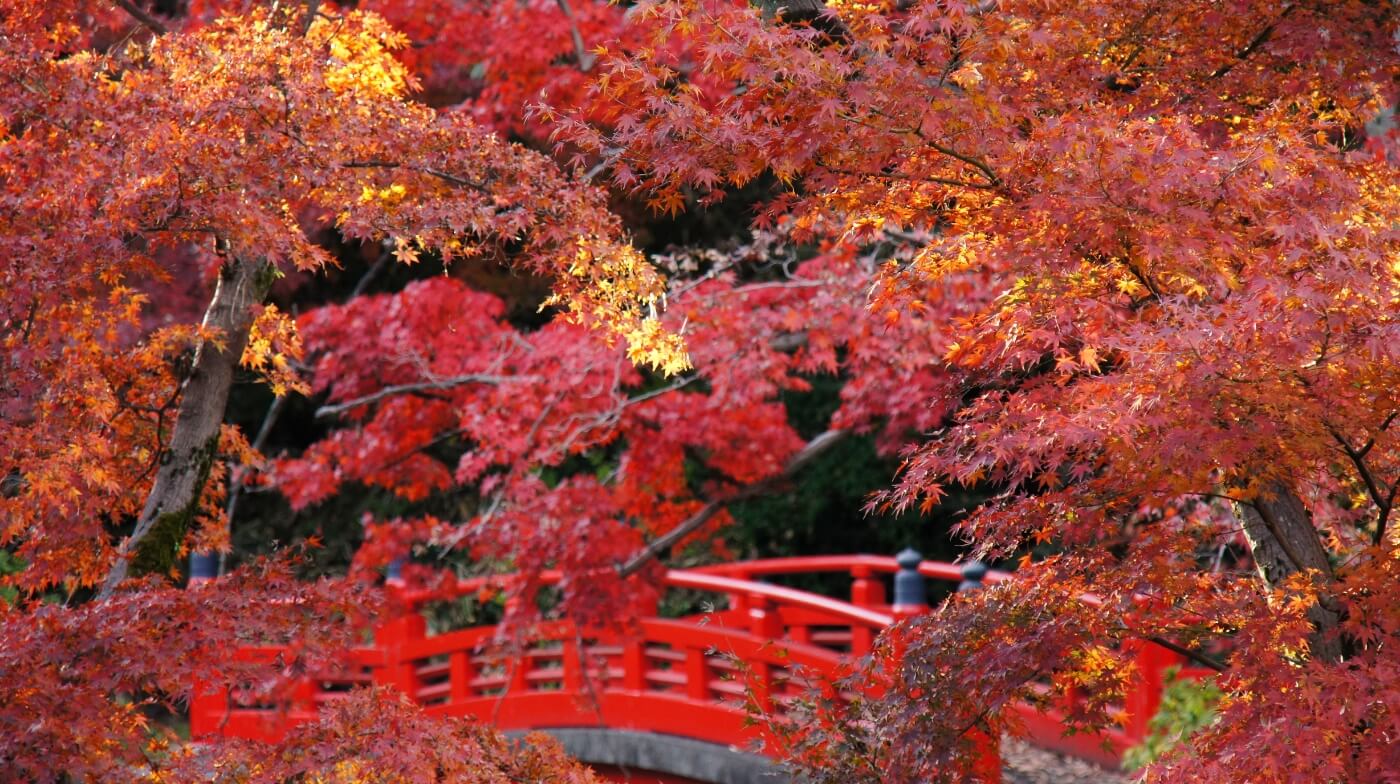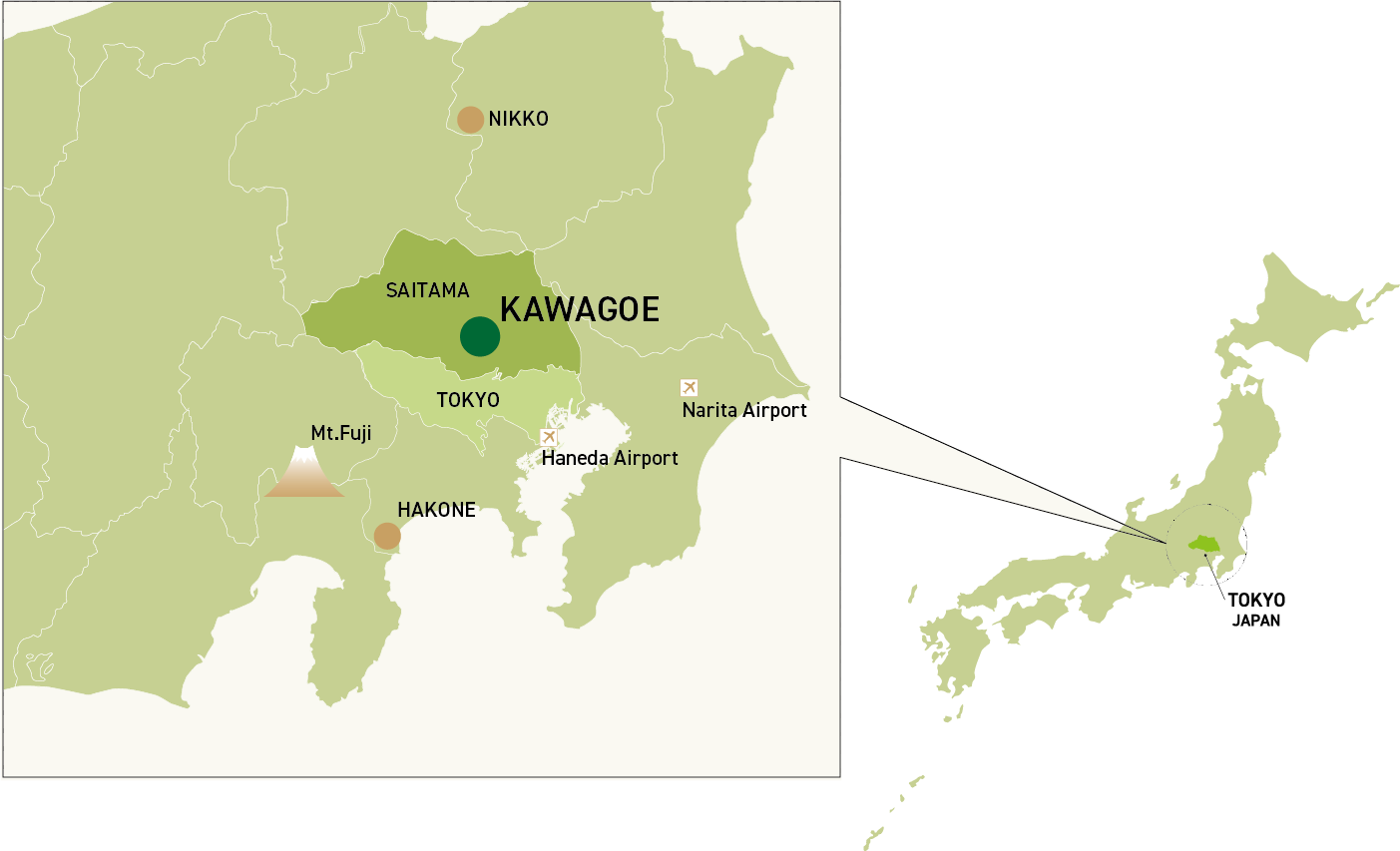Your Destination
About Kawagoe
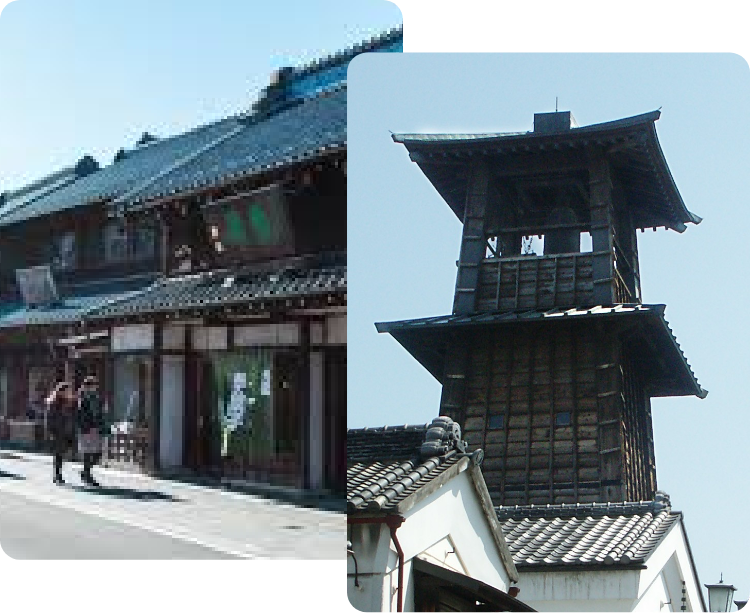
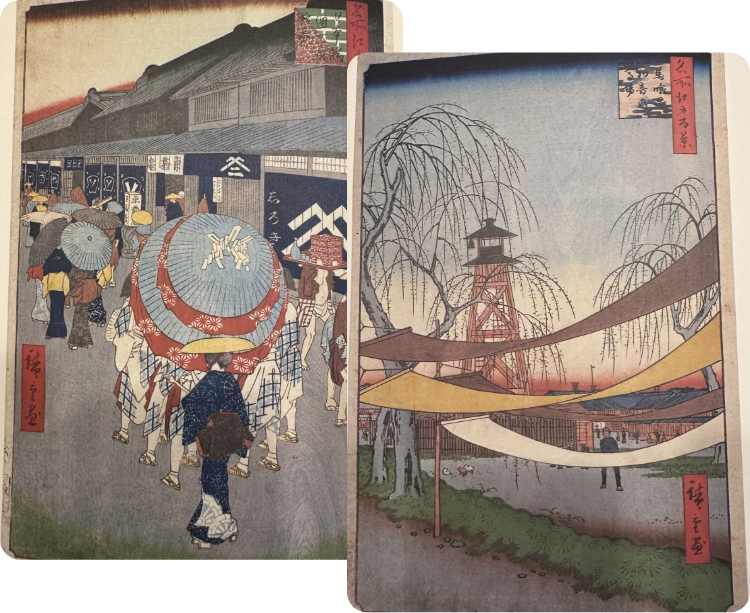
One Hundred Famous Views of Edo by Utagawa Hiroshige—View of Nihonbashi Itchōme Street (left), Hatsune Riding Ground in Bakuro-chō (right)
Source: National Diet Library website
https://www.ndl.go.jp/jp/sitepolicy/terms.html
Japan’s Edo period (1603–1868) was an era of peace lasting around 260 years. It was also a time when sophisticated arts such as ukiyo-e woodblock printing by world-renowned artists like Katsushika Hokusai flourished. Edo (present-day Tokyo), Japan’s central city then as now, was the world’s largest city with a population of around 1 million by the 18th century. With limited resources, the people of Edo lived by helping each other, reusing and repurposing everything as much as possible, and never wasting goods or food.
More
Today in Tokyo, there are barely any traces left of the Edo period due to disasters like earthquakes and war. But in Kawagoe, just an hour by train from central Tokyo, you can still see remnants of Edo all around. One reason for this is that Kawagoe thrived as a commercial hub, as it was a supplier of goods to Edo via transport down a river that flows through the city. Many aspects of Edo culture, including festivals, were transmitted back up the river to Kawagoe.
With its well-preserved Edo-style townscape, Kawagoe still retains its Edo traditions and culture. This is thanks to the local people who have proudly protected the town and its heritage. We invite you to visit Kawagoe, wander its Edo-like streets, interact with locals who continue to live and breathe the Edo legacy, and experience the allure of this town where Edo culture lives on.
Discover

History
As the Kawagoe Domain during the Edo period, Kawagoe played an important role as the northern defense for Edo. There was a lot of exchange between Kawagoe and Edo, and you can still see Edo’s influences around town in the traditional warehouses and festivals. There are also many preserved shrines and temples, including the 1,100-year-old Kitain Temple founded in 830. The Edo-era festival Edo Tenka Matsuri, no longer seen in Tokyo, is still celebrated today in Kawagoe as the Kawagoe Festival, during which you can see giant floats pulled through the town. The local museum has informative exhibits on the town’s history since the Edo Period—visiting it before exploring the town can enrich your experience of Kawagoe.
Architecture
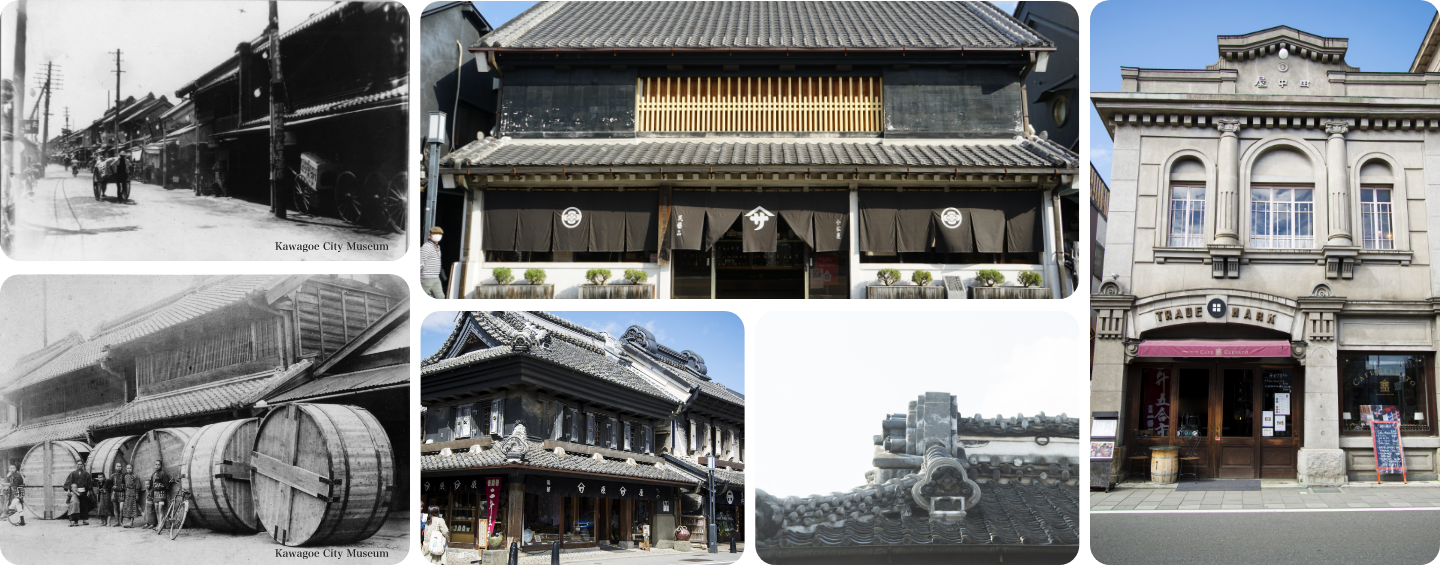
The Kurazukuri (traditional warehouse) townscape is iconic of Kawagoe. Fires were common in the Edo period’s largely wooden buildings, and even in 1893 a major fire destroyed a third of Kawagoe. The city’s fire-resistant warehouses with mud walls covered in beautiful black plaster, known as “Edo black,” and imposing tiled roofs were built as protection against the risk of fire. Kawagoe preserves not just buildings from one era, but many structures showcasing various architectural styles over time, thanks to preservation efforts by locals. You can get a real sense of this precious architecture. The charming warehouses combined with retro Western-style buildings create Kawagoe’s unique scenery. Dressing up in kimono (rentals available) and strolling these Edo-like streets can transport you back in time and is a great way to soak up the quintessentially Japanese atmosphere.
Taste of Kawagoe

From fine dining at traditional ryotei Japanese restaurants to everyday snacks like senbei rice crackers and grilled yaki-dango dumplings, in Kawagoe you can enjoy a food culture with roots in the Edo period. At that time, sweet potatoes grown in Kawagoe were transported to Edo by boat and became popular as “Kawagoe-imo.” Along with the famed Kawagoe tea, sweet potatoes are still enjoyed by many people today in various forms, including made into sweet treats. With its many rivers, Kawagoe had abundant eels in Edo times, and traditional eel restaurants still thrive here.

Nature and Agriculture
Surrounded by rivers, Kawagoe is rich in natural beauty. The famous Isanuma Pond in the eastern part of town is the largest natural wetland in the prefecture. In spring, cherry blossoms bloom, and in summer, lotus flowers fill the pond, and waterfowl and other birds can be spotted, making it a popular birdwatching destination. The Musashino Plateau’s woodlands are home to farms growing crops using the traditional leaf compost farming method, which has been recognized as a Globally Important Agricultural Heritage System. The extensive farmlands surrounding the town produce an array of crops such as sweet potatoes, spinach, taro, turnips, and daikon radish that visitors can experience picking themselves or enjoy at local restaurants.

Festival
Many traditional events are held in Kawagoe’s different neighborhoods, especially at shrines and temples, where they are carried on by the local community. The Kawagoe Festival, also known as the Kawagoe Hikawa Festival Float Event, is a UNESCO Intangible Cultural Heritage. Held annually in mid-October, it draws around 1 million visitors over two days. The center of the festival is the Kawagoe Hikawa Shrine, founded over 1,400 years ago in 542.
Travel Inspiration
Chris Brünger
5 Attractions of Kawagoe not found in Tokyo

In Kawagoe, you can still see the remnants of Edo all around town that can no longer be seen in Tokyo. Attracted by such charm, Chris is a foreign resident who has been living in Kawagoe for 20 years. He shares his top five reasons that he’s captivated by Kawagoe and continues to live in this town full of Edo atmosphere.
Ooki Farm
Sustainable farming in Kawagoe, Japan
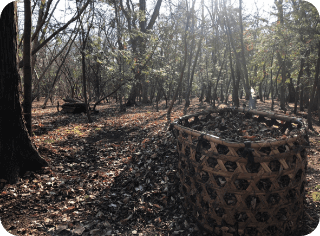
On Kawagoe’s farms, sustainable practices have been passed down through the generations and are still going strong. The Leaf Compost Farming Method, devised in the Edo period as a way to open up new farmland, is designated as a Globally Important Agricultural Heritage System and continues today, as farmers value and share this time-honored method.
People Living in Kawagoe
The Rhythm of Local Life in Kawagoe, Japan
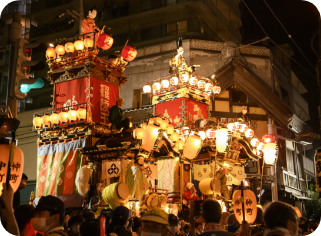
Kawagoe has prospered as a commercial hub since the Edo period. The local community stands united in preserving its history and cultural. What motivates this commitment to their heritage? And what does inheriting and passing on these traditions to future generations mean for them?
Accommodations
Many lodging options near Kawagoe Station offer easy access to sightseeing spots. For a deeper experience of Kawagoe, guesthouses dotting an area not far from downtown are a good choice, offering the enjoyment of mingling with fellow travelers in an at-home atmosphere.




